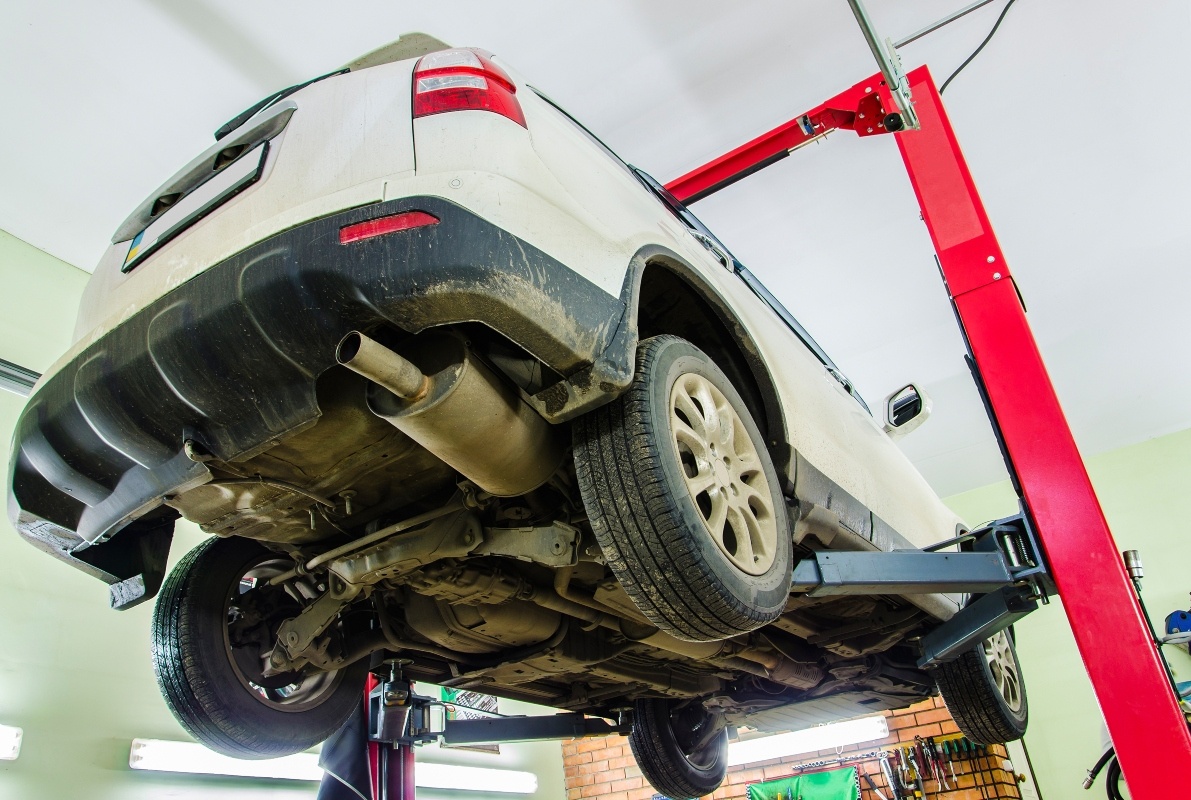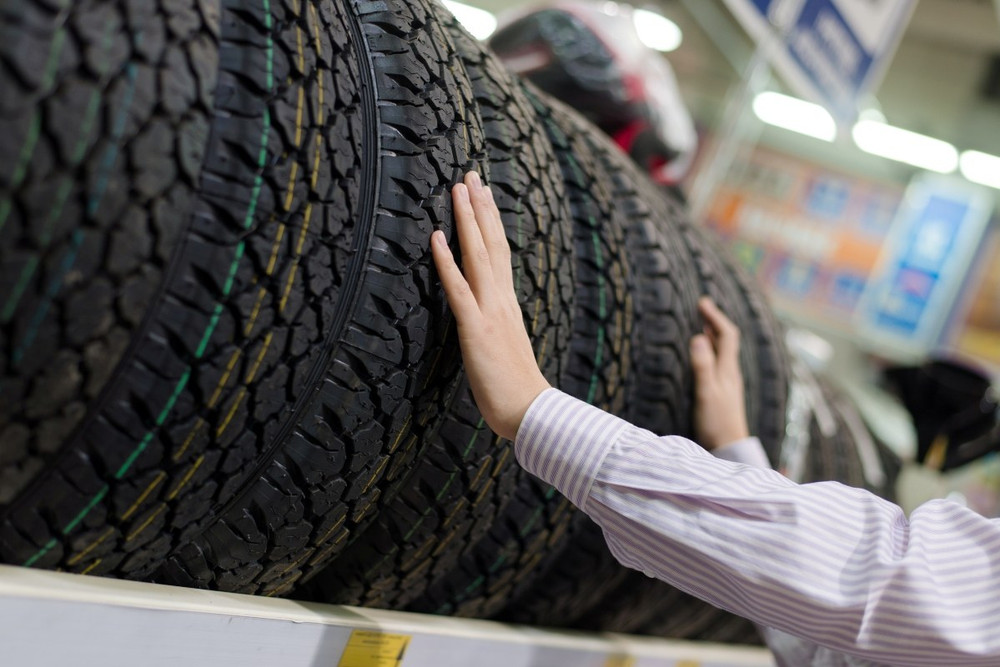How to Know When to Balance and When to Align
3rd Feb 2022
The global automotive industry is seeing an increase in interest in wheel balancing equipment as more drivers are getting their cars maintained or tuned up. As the world opens back up and shelter-in-place orders are lifted, dealers and auto repair shops are seeing more than 60% increases in maintenance services.
For JMC Equipment, as a leading provider of car wheel balancers and equipment, regular wheel balancing and alignment are crucial in maintaining a car and ensuring driver safety. Unbalanced tires result in too much vibration, premature tire wear, long-term car damage, and increased fuel costs. Misaligned cars result in similar issues.
But while delaying regular appointments for both services leads to similar results, wheel balancing and alignment are actually two different services. To provide the best services for the customer, JMC Equipment has prepared some hallmarks of when technicians should use each process on a customer’s car.
When to Perform A Car Wheel Balance
As the name suggests, tire balancing is correcting uneven weight distribution on a car. And because of that, service staff need to check for the following indicators:
- Uneven tire wear. The tire wear could result from the car striking a pothole, or the rim of a curb. Check with the customer as to where the car is parked regularly. If it’s been parked and immobile for extended periods, it may also result in flat areas in the tires.
- Vibration on the wheel and floorboards. Test the car through a short drive. If there is shaking or a shuddering movement at the driver’s seat at roughly 60-70mph, it could indicate an imbalance. Steering wheel vibration may suggest that the front tires are the problem, but if the seat is vibrating, it may be the rear tires.
The recommended method to testing car wheel balance is to use weights or precision machinery. The machine will spin each tire and wheel to test the imbalanced areas. These spots will be heavier than other areas. The technician then applies weights to the lightest areas.
The technician must ensure to check each tire, as no two tires are the same even on the same car. The car is rebalanced correctly by testing and adding weights on each tire.

When to Perform an Alignment
The alignment focuses on the car’s suspension, where the wheel balance targets the tires. The process does not adjust the wheels or tires themselves. In this regard, technicians should consider the following indicators:
- Veering. When the technician tests the car’s drivability, the car will lean or pull to a side of the road on its own.
- Uneven tire wear. While this is a similar symptom to car wheel balance issues, the tire wear should be accompanied by squealing tires as the vehicle is driven. Also, there is often severe inside or outside edge wear on the tires specifically.
- Damage at the rear of the vehicle. Cars that have been in an accident and have damage around the vehicle's rear are often candidates for an alignment.
- Worn joints. The technician must observe the ball joints and tire rods. Also, ask the customer if the suspension has recently been changed. There may be a need to realign the car.
At this point, the technician must look up the car’s make and model and determine the factory-specific setting for the correct alignment. However, it’s also crucial to check the technician’s experience working on specific alignments. Some car models (such as older Fords) are infamous for having incorrect alignment straight out of the factory. Technicians should then make the necessary suspension adjustments to correct even the factory settings.
Get the Proper, Specialized Equipment
For an auto shop to provide the appropriate services to their customers, they need the correct, specialized equipment. High-accuracy car wheel balancers help technicians ensure that the customers’ tires are as perfectly balanced as possible, creating a safer and better driving experience.
JMC Automotive Equipment has a full range of specialized tools and wheel balance equipment to provide auto shops with everything they need to deliver quality wheel balance services to their customers. Browse our selection and start upgrading your systems today.

